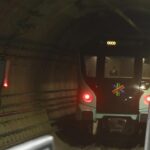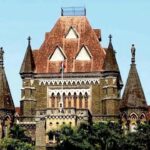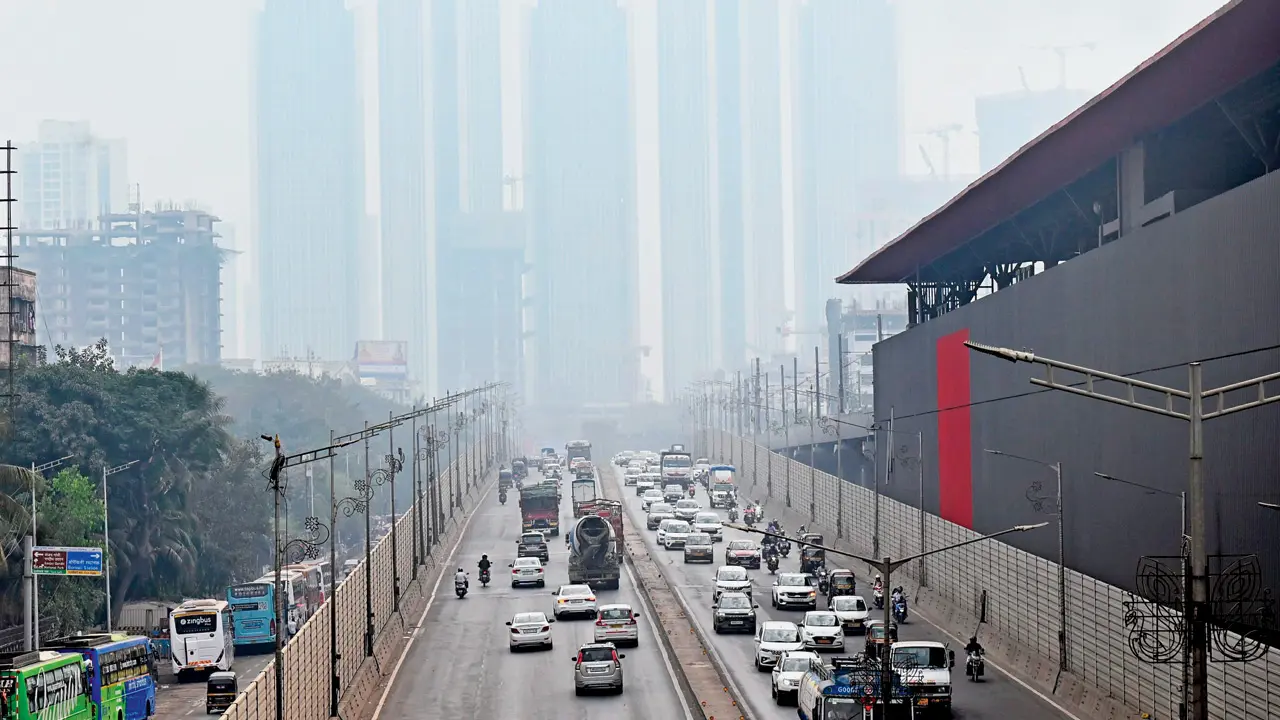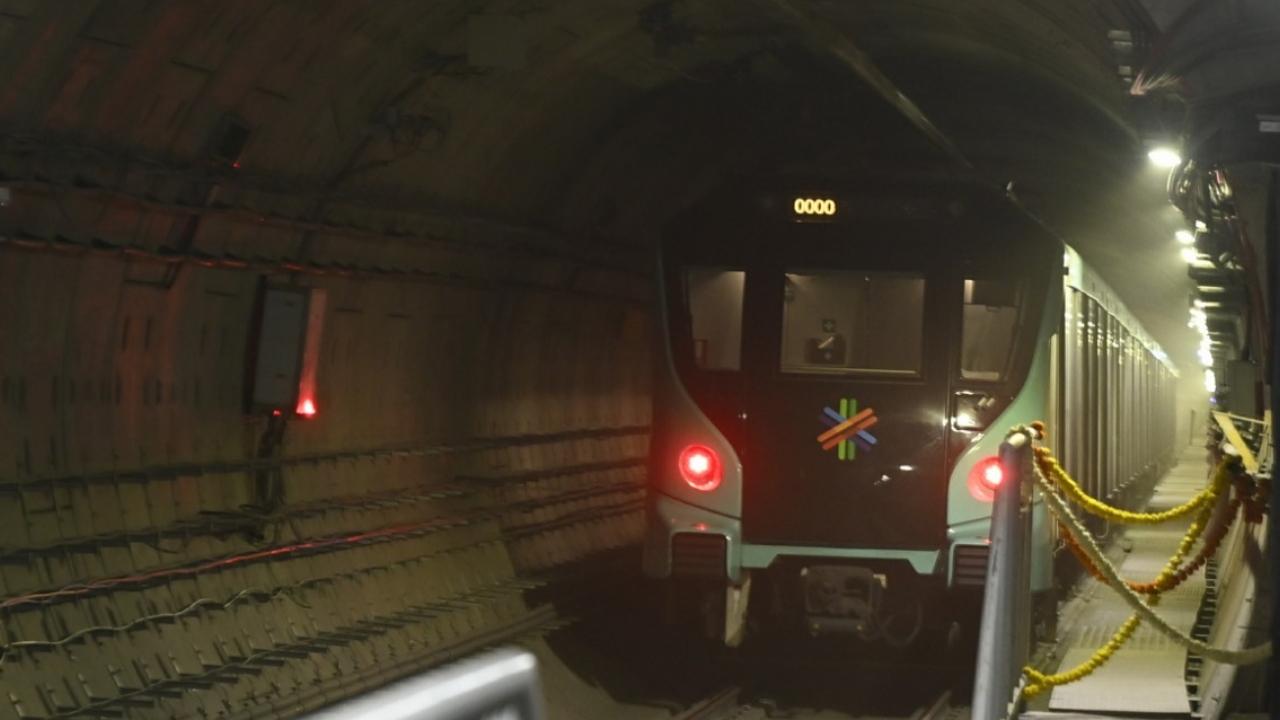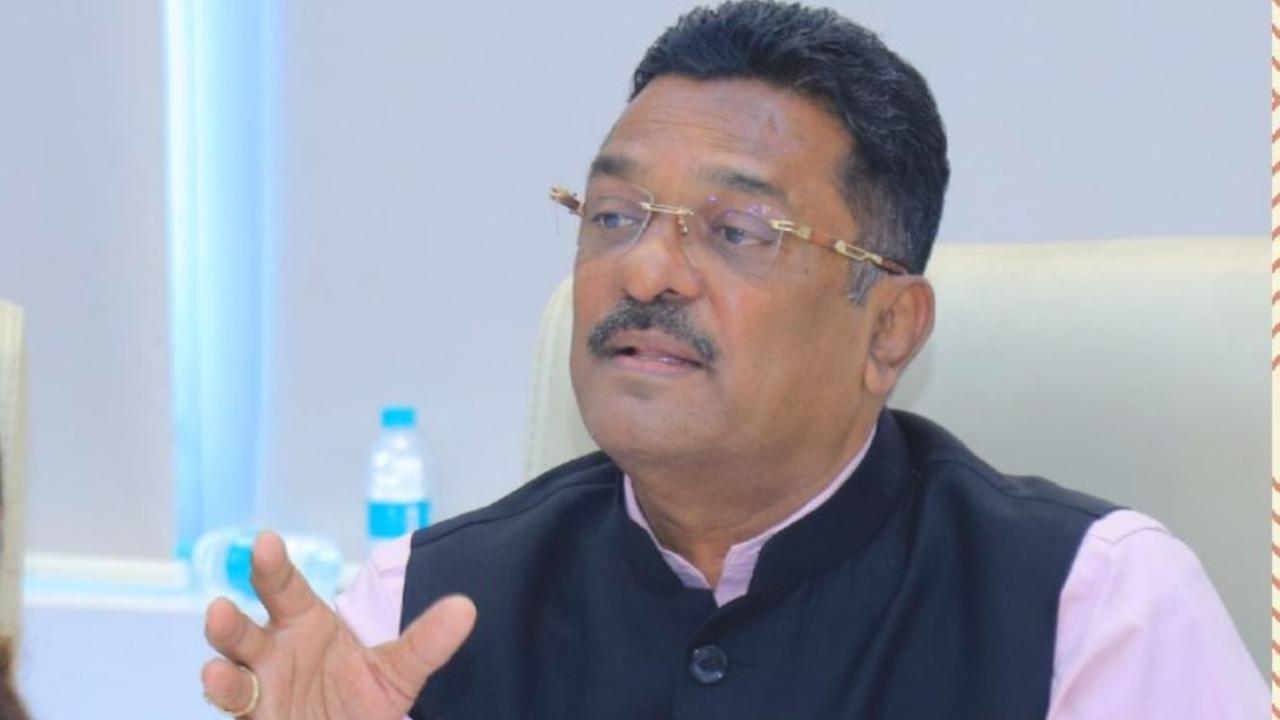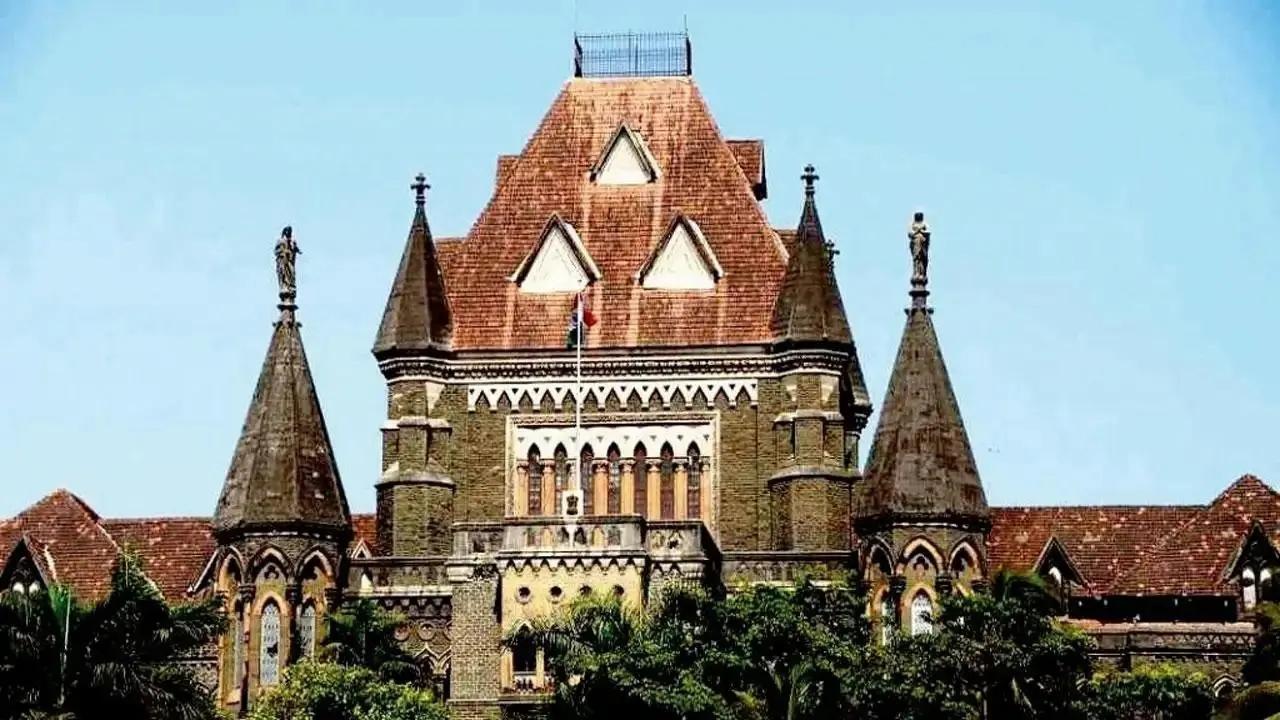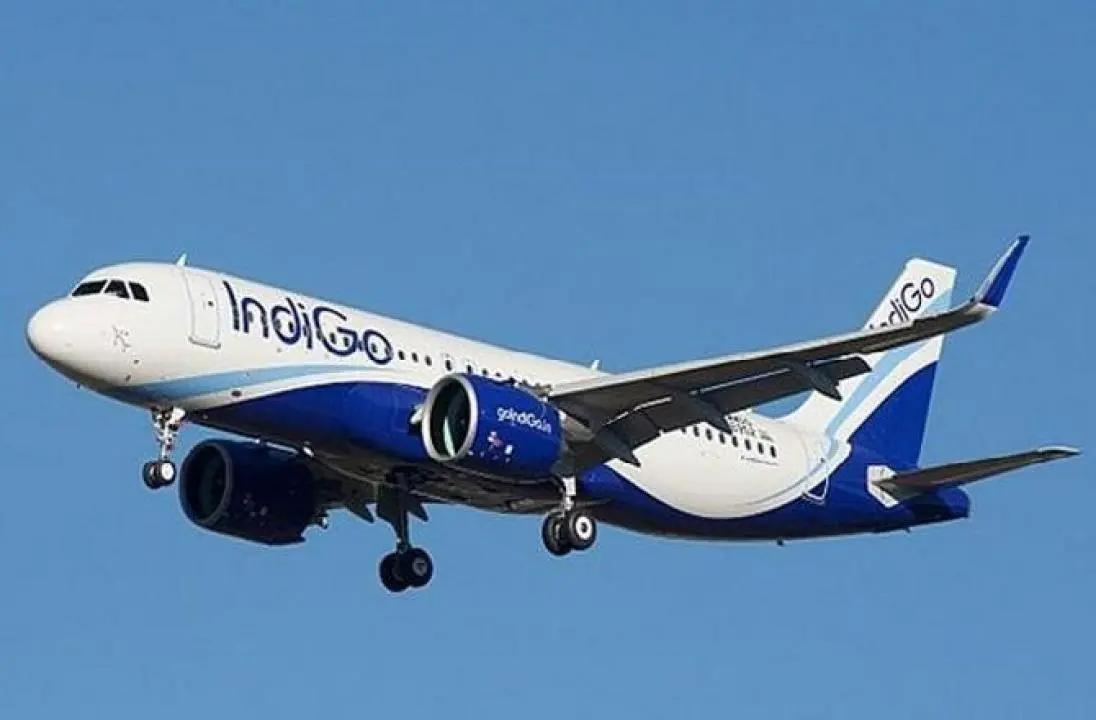Commuters travelling between Dahisar and Mahim on the Western Express Highway (WEH) will be greeted by uniform street and traffic architecture if all goes according to plan. The Brihanmumbai Municipal Corporation (BMC) is planning small tactical interventions along this stretch, measuring about 25 km in length, such as unvarying dividers, kerb stones, traffic islands, and thermoplastic painting of zebra crossings. The vision includes beautification works along either side of the road, possibly including planters, street furniture, and lighting.
The civic body has formed a special cell to plan and execute the work under the leadership of the office of the deputy municipal commissioner (infrastructure). This cell has at least four other members, according to a senior civic official. The cell has been tasked with ideating aspects of this design and overseeing the execution of the work.
Abha Narain Lambah
A senior civic official told mid-day, “At present, there is no standardisation of street architecture across the WEH. On a lighter note, we have exclaimed internally that it is possible to spot the change in administrative ward boundaries while travelling the length of the highway, by simply noticing the change in design of street architecture along the stretch.”
Work at present is carried out individually at the ward level, and each ward plans and executes work as per its individualistic ideation, the officer said. “This [the WEH] is an important arterial road, running along the length of Mumbai`s suburbs up to the northern end of the island city. It sees heavy traffic,” the official said. This is also the road that takes one to the airport.
The big idea
The BMC has undertaken the project to enhance urban aesthetics along a crucial road with north-south connectivity in the city. “This will add to the aesthetic value of the road as well,” the official added.
What will it cost?
At present, the special cell formed by the civic body is planning the design for the standardisation of street architecture. Once this is done, the cost of the project will be determined based on the needs of executing the work.
A congested section of the Western Express Highway in Vile Parle near the Chhatrapati Shivaji Maharaj Domestic Airport. PIC/ASHISH RAJE
“We have debated exploring funding of the project through CSR funds. Many corporations are interested in doing this kind of work and have shown active support for such ideas in the past,” said Abhijit Bangar, additional municipal commissioner in charge of the roads department.
Experts weigh in
Dhaval Shah, president, Lokhandwala Oshiwara Citizens Association (LOCA), said, “This is definitely a step in the right direction. As the commercial capital of the country, our city’s street infrastructure urgently needs an upgrade to world-class standards while adhering to Indian Road Congress specifications. When projects are executed with proper planning and quality, they not only serve functional needs but also enhance the city’s aesthetic appeal.”
Activist and filmmaker Ashoke Pandit said, “First and foremost, roads, footpaths, dividers, and pedestrian crossings must actually exist and be maintained, as their current condition is pathetic. The idea of uniformity is good, as it will not only look decent but also make them easily identifiable.”
Abha Narain Lambah, city-based senior architect, told mid-day, “In principle, this is a very good concept. It concerns so many Mumbaikars who commute on the WEH daily, and has the potential to add aesthetic value to the city`s landscape. It will be an added advantage if BMC agrees to let citizens have their say in the final design of this plan, before its execution.”
Several suggestions
Jagdeep Desai, an architect, academician, and transport analyst, termed the move ‘delayed, but required’. He also stated that buses, trucks, tankers, trailers, dumpers, cement mixers, and garbage compactors should be prevented from venturing onto flyovers, the SCLR, Eastern Freeway, and BKC connector.
“We need dedicated waiting stops for taxis, autos, cabs, and cars near both air terminals. Since Metro work is still going on, construction vehicles must be made to park on the left side of the road, not near the columns. Appropriate lighting is also required below Metro stations. The space below flyovers should be cleared. All flyovers should have cement concrete barricades starting at least 300 m before the ramps to prevent the barging of vehicles. Dedicated stops are needed for school, office, and tourist buses,” he said.
Elements of the project
1) Beautification along the highway
2) Ensuring uniformity in dividers’ colours and size
3) Standardisation of kerb stones
4) Making use of thermoplastic paint


